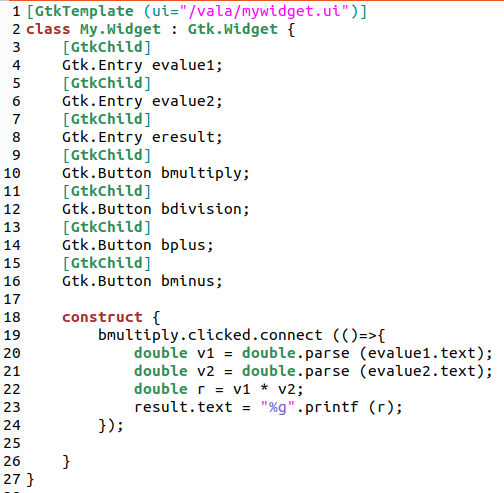After years in development, mayor 6.0 version of GNOME Data Access library known as libgda has been released!
Vivien Malerba is the champion in the number of commits with 2071, when we see at history of libgda. The long stable 5.2 series, has been useful for many people out there, to create Database oriented applications. I’ve found libgda scripts written in Python very useful, when I need to import data from CSV format. Also programs written in other languages takes advantage of its features.
New 6.0 series, is a modernization in the heart of libgda, powered by Meson Build System, that push ahead its development, followed by a lot of fixes to use modern database providers like PostgreSQL, MySQL and SQLite. New features include a new API for Data Definition, allowing to hide some complexities to create database objects like tables and columns in GDA.
More providers could be better, but GDA now has less. Over time some interested developers may intent to fix current providers, but add new ones are not recommended.
GDA has an old implementation of the concept of GInterface for Providers, that will make hard to implement new ones. A new set of interfaces to implement new providers more easy is required.
GDA has now fixed lot of issues for multi-threading, that will help in some situations, thanks to its internals modernization to latest GObject definition like private structs.
GDA is written in C, making it portable and bindings to other languages is possible, one of them are the ones supported for GObject Introspection, like Vala, Python and JavaScript. Write scripts to access databases data using a Python script is possible.
What about the future, we need to port Providers to use GInterface so anyone can write providers easy. VDA has started prototyping this interfaces, making interesting to see how both projects can provider better tools for developers.
There are lot of things we will need to port to resent technologies, like GDA’s GTK widgets, they need to be ported to GTK 4.0 to provide a set of useful tools to access database’s data in widgets, leaving behind lot of bugs.
Hope GDA 6.0 be useful for developers as old 5.2 series is today, for many years in the future. I’m a believer of GNOME Technologies like GObject, because it is highly portable and so, reusable in many ways. GDA needs an overhaul in how it is developed, so any suggestion is welcome.
Many thanks to all contributors, translators and users, they have kept this software alive for a long time, requiring new features, issues reports and providing patches; they have found GDA useful, that make us an big incentive to fix and prepare GDA for the future.



